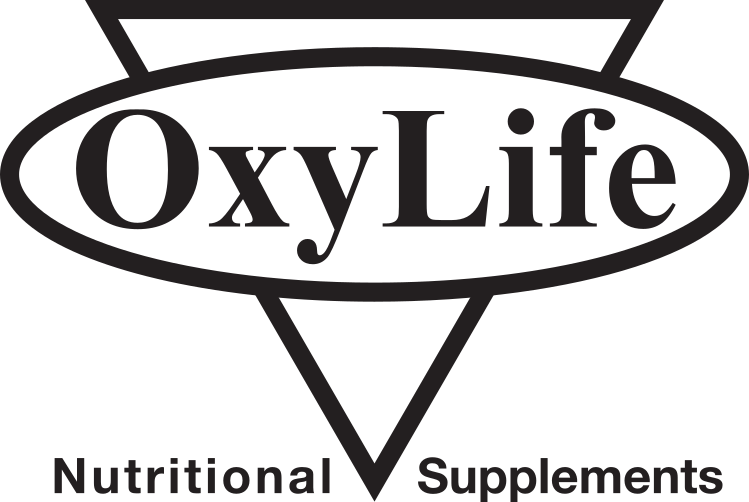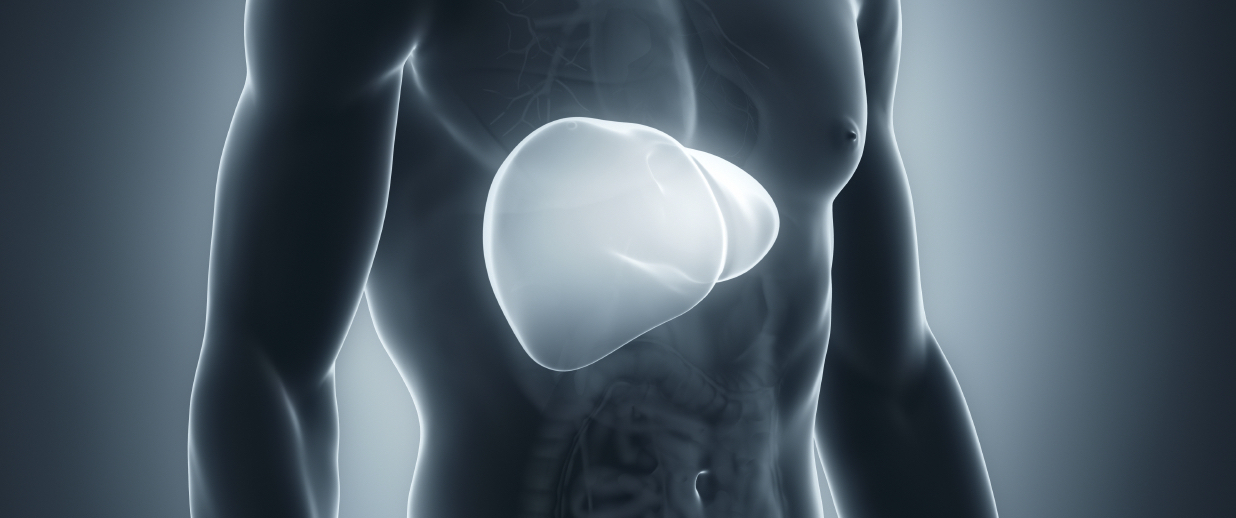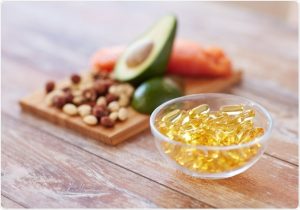Detoxification — often shortened as “detox” — certainly sounds sexy and helpful. But what does it actually mean in the context of human biology? Detoxification refers to the processes in the body involved with cleaning the blood of toxins found in the human diet. These “toxins” include a wide variety of substances commonly found in foods, drugs, and dietary supplements such as antibiotics, preservatives, pesticides, and flavor enhancers. According to detoxification theory, if these build up to high levels in the body they can manifest as a variety of symptoms including the following:
- Inability to lose weight: Toxins such as heavy metals can stimulate uptake of glucose from fat cells
- Fatigue: The accumulation of toxins can increase cortisol and strain the liver and other detoxifying organs
- Skin Changes: Toxins can produce undesirable discoloration of our skin
- Inflammation & Allergies: White blood cells and other anti-infectious agents in our blood may stimulate attacks on toxins, particularly metals
The accumulation of these toxins, the logic of detox fans goes, can also lead to diseases; and so the goal for detox diets, cleanses, and fasts is to eliminate the toxins through a short period of restriction. The practices advocated in detox diets, such as fasts and cleanses, are not conclusively supported by the research [1]. However, some credible research studies support principles advocated in detox diets such as curbing poor eating habits.
What Can You Expect from a Cleanse?
The body naturally removes impurities from the blood, primarily through the liver, where toxins are processed for elimination. Thus, the liver serves as the body’s primary detoxifying agent. The body also eliminates toxins through the kidneys, intestines, lungs, lymph and skin. The goal of detoxification dietary plans is to limit the consumption of these “toxins” and increase the consumption of foods that “clean” the body, thereby effectively cleansing toxins from the body.
Many detox practitioners advocate extreme practices such as fasting and drinking excessive quantities of fruit- and vegetable-based juices for a “quick fix”. The claim that a few days or a few weeks of drinking this juice or not eating specific foods will cleanse our body is lofty to say the least, and has minimal support from scientific literature. It is, in fact, the case that we live in environments which contain pollution and harmful substances, both natural and manmade, but our bodies are equipped to handle dangerous and potentially harmful compounds.
A smarter perspective may be to focus instead on measuring and understanding the big picture of health. It is wise and as a general rule always sensible to accept that anything in excess, including substances we normally think of as beneficial, can be toxic to the body. A simple illustration can be that consuming excessively large amounts of water will undoubtedly throw off the all important electrolyte balance, resulting in what is called hyponatremia; a disorder that kills hundreds of people each year. On the other side of the coin, small amounts of the metallic element iron found in the body are not only normal but beneficial and important to oxygen transport; but when levels rise beyond a certain threshold it can have harmful effects on our body. Both of these examples show that toxicity is a continuum and very much dose related.
Let’s further explore this concept of dose…in other words, measuring what is in your body.
Why Testing your Liver is Smarter than Testing for Toxins
Because the body is filled with thousands of chemicals, pinpointing each one of them is nearly impossible. A wiser choice in understanding how “toxic” our inside may be, is to directly assess the liver — the key organ that is responsible for detoxification. InsideTracker examines liver health by examining three liver enzymes involved with detoxification: GGT, ALT, and AST. Each enzyme is purposeful and its concentration in the body provides insight into our health status; but the power of testing them as a group as we do in our Ultimate Plan, and in the context of a meaningful number of other biomarkers, truly can help paint a detailed picture and status of our wellness.




Leave a reply